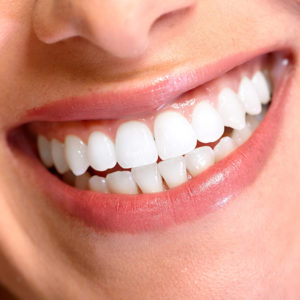
Gum contouring, also known as gum reshaping, can be used to even out your gum line or make your teeth appear longer, improving the appearance of your smile. It may also be done prior to bonding or veneers to help achieve better aesthetic results.
Gum contouring with a soft-tissue laser versus a scalpel can result in quicker healing times, reduced need for stitches or sutures, and reduced risk of bacterial infection after the procedure. This is largely due to the fact that the laser cauterizes the incision immediately, dramatically reducing bleeding during and after treatment.
Coverage will vary from policy to policy. We can help you determine your policy’s coverage when you come in for an appointment or free consultation.





Hi, I was wondering if I was able to book a consultation for laser gum contouring at your Vaughan location?!
Hi Christina, thanks for your inquiry! We’ll reach out to you directly via email to set up an appointment.
Hi,
My husband has receding gums (hes just 30) due to repeated surgery in his teeth area (permanent impants). I wanted to know whether ur contouring services work for receding gumlines or only when patients have excessive gums
Hi Vaishali, laser gum contouring is for patients with excessive gums. Receeding gums around implants are usually difficult to deal with. Your husband can consult a gum specialist to see if gum grafting can help. Another potential option is to consult his dentist to see if a new crown can be made with pink porcelain added to the edge of the crown to mimic the gum.
Can a flap and graft done using pouch and tunnel technique leave no visual evidence of being done right after it is actually done for one tooth?
Hi Sarah, I had to consult a periodontist regarding your question. If the surgery is done under ideal conditions with an experienced surgeon, then there may be no visual evidence of the surgery right after the procedure. It also highly depends on the type of graft, and where/if any incisions are placed and the healing ability of the individual. In general, an autograft (your own tissue from the palate of your mouth), would work better than other grafting materials.
Hi there! I have an asymmetrical smile that has caused me to feel self-conscious all my life. I feel self-conscious often while talking and especially when laughing, I find myself covering my mouth with my hand to limit showing my smile. When I smile the right side is a bit more “gummy” than the other. In addition to this, my teeth (and especially my right lateral incisor) are not well aligned. What should I do to fix my teeth and get a nice smile? Thanks!!
Hi Alex, it’s not possible for me to diagnose what is causing the asymmetrical smile without a proper assessment of your face, lip, teeth and gum. From what you are describing, you may be looking at a combination of braces and possible gum recontouring. An assessment with an orthodontist may be a good starting point for the smile you are looking for.